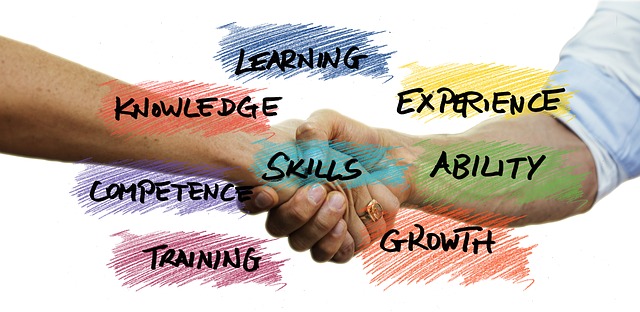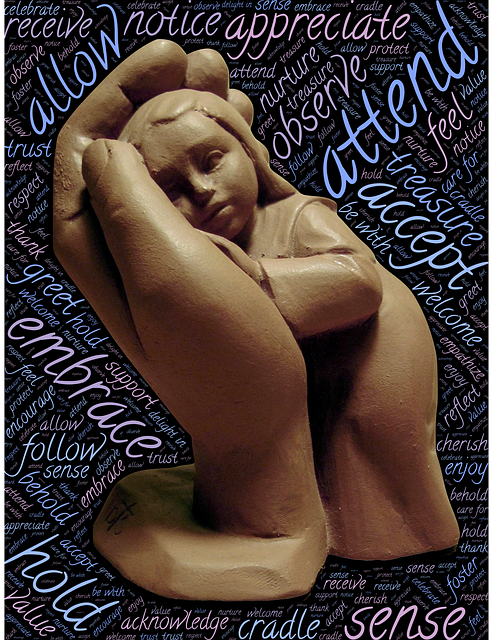Kelly McGonigal presented a talk on How to Make Stress Your Friend that challenged the way we think about stress and the bodily response to stress. Her talk could have been subtitled, How to think about stress to improve your longevity. Kelly draws on research that demonstrates how we think about stress can impact negatively or positively on our physical and mental health during the experience of stress and beyond.
How we can view our bodily responses to stress
When we experience stress our bodies respond in predictable ways. Our heart may be racing or pounding, we tend to breathe faster, and we can break out into a sweat. How we view these bodily responses to stress determines the short-term and long-term effects of stress on our wellness, heart condition and longevity.
If we view these bodily responses as a positive response to stress, we are better able to cope with the current stress and future stressors. Kelly argues that our perception of these responses makes all the difference. We can view them as an indication that our body is preparing us and energising us for the perceived challenge that precipitated our stress. World-famous aerialist Nik Wallenda maintains that this positive perception of the bodily stress response enabled him to walk on a tightrope across a 400 metre gap in the Grand Canyon.
Kelly argues that we should view the pounding heart as readying us for constructive action; the heightened breathing rate is providing more oxygen to the brain to enable it to function better. The net result of viewing these bodily responses as positive is that we can experience less anxiety in the face of stress and feel more confident in meeting the inherent challenges.
Kelly points out that what is particularly amazing is that instead of the blood vessels in your heart constricting (as they do when you view stress negatively), the blood vessels actually remain relaxed when the bodily stress response is viewed positively. She notes that the relaxation of the blood vessels in the heart is similar to what happens when we experience positive emotions of joy and courage.
Stress makes you more social
One of the key effects of stress is that the pituitary gland in your body increases your level of oxytocin (known as the “cuddle hormone“) which tends to move you to strengthen close social relationships. This facet of the stress response prompts you to seek and give social support. Kelly maintains that your stress response “wants you to be surrounded by people who care about you”. It also stimulates you to reach out and help others in need – which, in turn, can increase your oxytocin levels. Thus stress can help us to accept compassion make us more compassionate.
As we grow in mindfulness, through meditation, research and reflection, we can learn to view our bodily response to stress in a positive light, reduce the negative physical and mental impacts of stress on ourselves and strengthen our commitment to compassionate action.
____________________________________________
Image: Sunrise in Manly, Queensland, taken on 1 July 2019
By Ron Passfield – Copyright (Creative Commons license, Attribution–Non Commercial–No Derivatives)
Disclosure: If you purchase a product through this site, I may earn a commission which will help to pay for the site, the associated Meetup group and the resources to support the blog.






